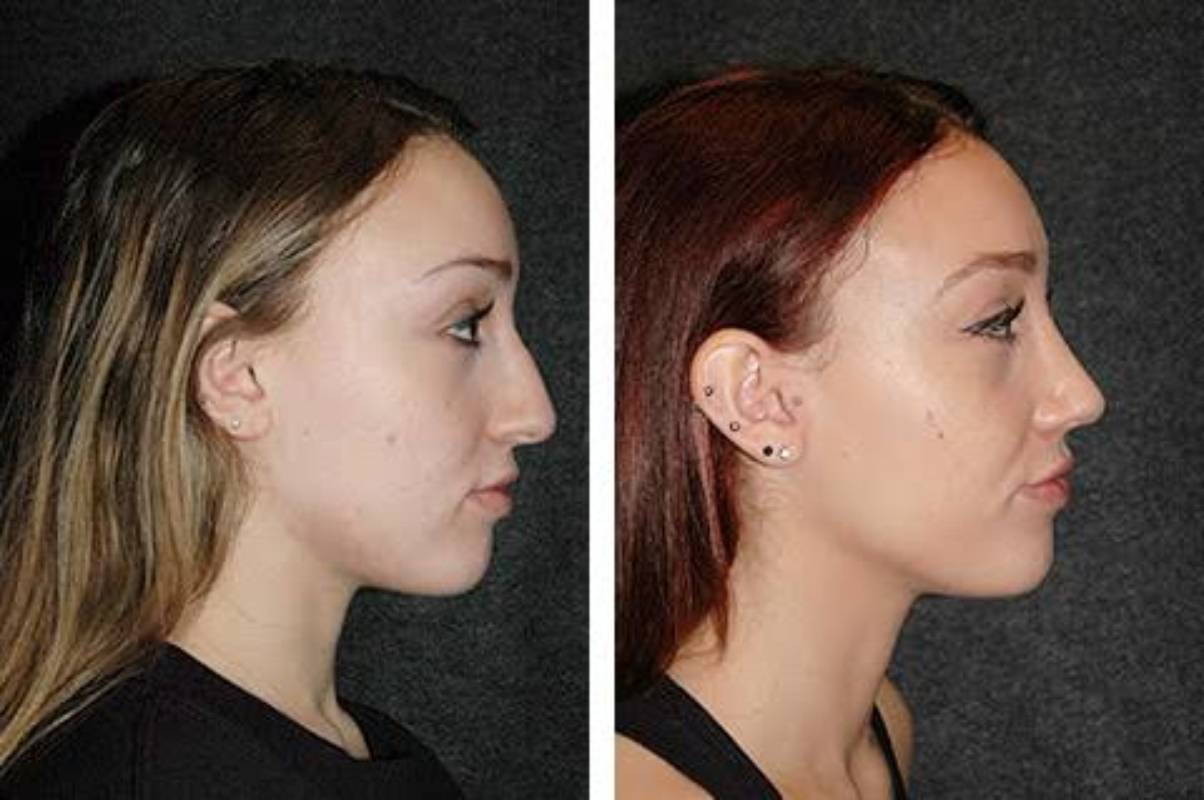Most patients seeking rhinoplasty have similar concerns; typically, they do not like how the portion of their nose harmonizes with their face shape. So usually, the procedure they go for is the reduction rhinoplasty. However, the introduction of an ultrasonic rhinoplasty employs a device using high-speed waves that vibrate to make tiny cuts and shave the tip of the nose. Here are a few ideas to help understand how this type of rhinoplasty works.
Table of Contents
How are Ultrasonic Rhinoplasty Different?
An ultrasonic rhinoplasty is a specialized facial surgery in which plastic surgeons use ultrasound technology and an open approach, creating a precise final result. An ultrasonic wave device removes extra nasal bone with an open rhinoplasty procedure for maximal exposure of the cartridge. However, this technique has noticeable scarring, but aggressive chiseling and scraping are used in traditional rhinoplasty methods. Additionally, ultrasound wave therapies produce less tissue stress in the surrounding area, making it a better option.
What Does a Rhinoplasty Treat?
Suppose you are not happy with the shape of your nose. In that case, an open rhinoplasty allows maximum visualization of your nasal bone for exact ultrasonic alteration and contouring, which reduces dorsal humps and bumps.
If the size of your nose is problematic for you, in that case, the open approach allows doctors to work extensively with soft tissue such as nasal skin and cartilage with high precision ultrasonic bone contouring.
The angle of your nose might be affected by trauma such as a broken nose. This trauma causes a deviated septum or a crooked nose. Fortunately, correcting these issues is achievable with the open rhinoplasty procedure.
How Long Does Recovery Take?
The acute healing phase takes two to three weeks of recovery. There is a lot of swelling, bruising, and discomfort throughout this time. Fortunately, after the first week, the splint is removed, and cosmetics are applied. However, your nose takes 12 to 18 months to recover completely, but most everyday activities resume within the first month. So be sure and take care of your new nose until you are fully recovered.
Who is the Ideal Patient for This Procedure?
If you have nasal humps on the bridge of your nose, you are a good candidate for an ultrasonic rhinoplasty. However, ultrasonic rhinoplasty is not suggested for those under the age of 18 unless there is a particular need due to an injury. In that case, you are approved for reconstructive surgery.
What is the Recovery Time?
Bruising, swelling, and discomfort are expected side effects of any surgical procedure. However, scarring on the base of your nose, between the nostrils, is normal after open rhinoplasties. In addition, you might experience nosebleeds and numbness from nerve and blood vessel damage.
When you want to have a rhinoplasty, no matter what the reason, an ultrasonic rhinoplasty is the way to go. Even though recovery time is similar to that of a traditional procedure, it is less invasive, meaning less pain. So, consult your plastic surgeon and get your procedure done.


